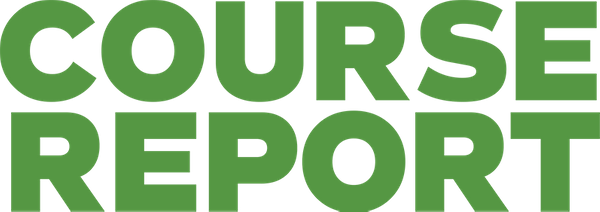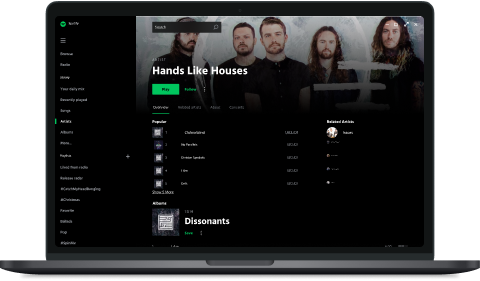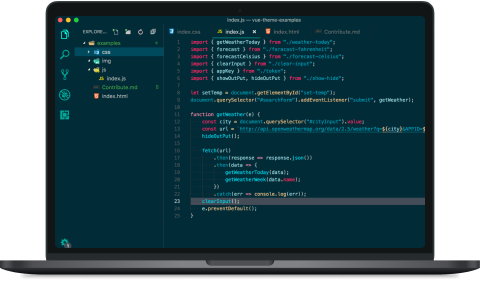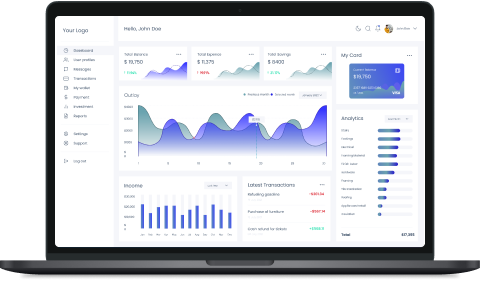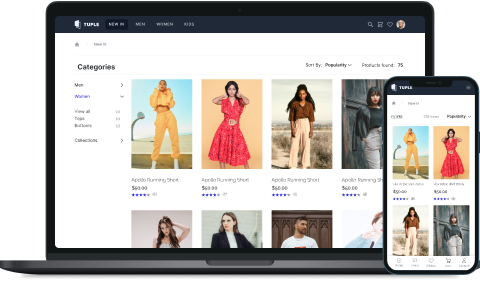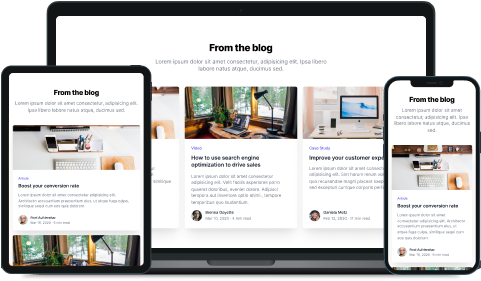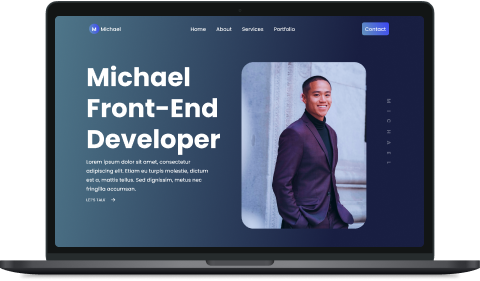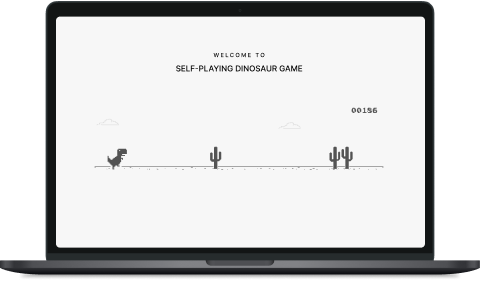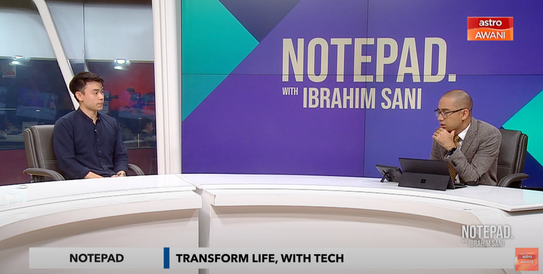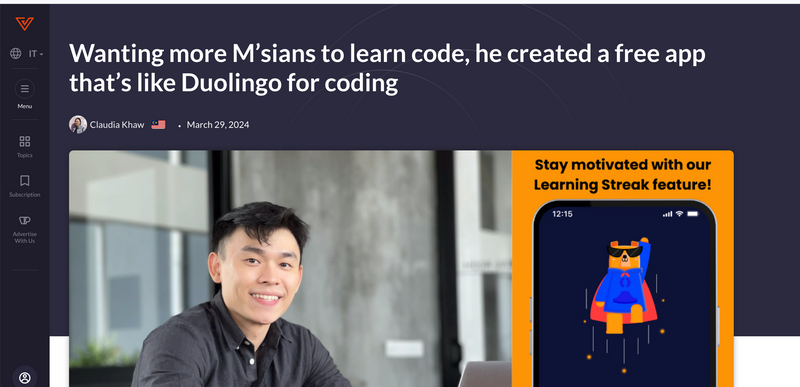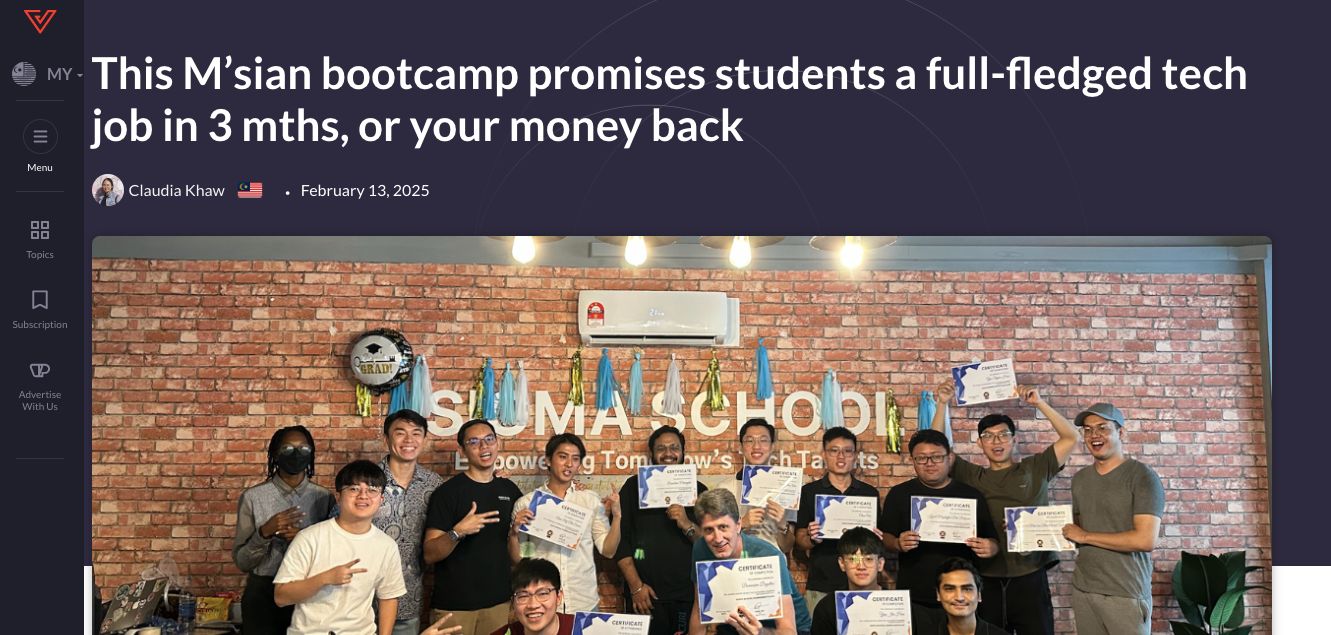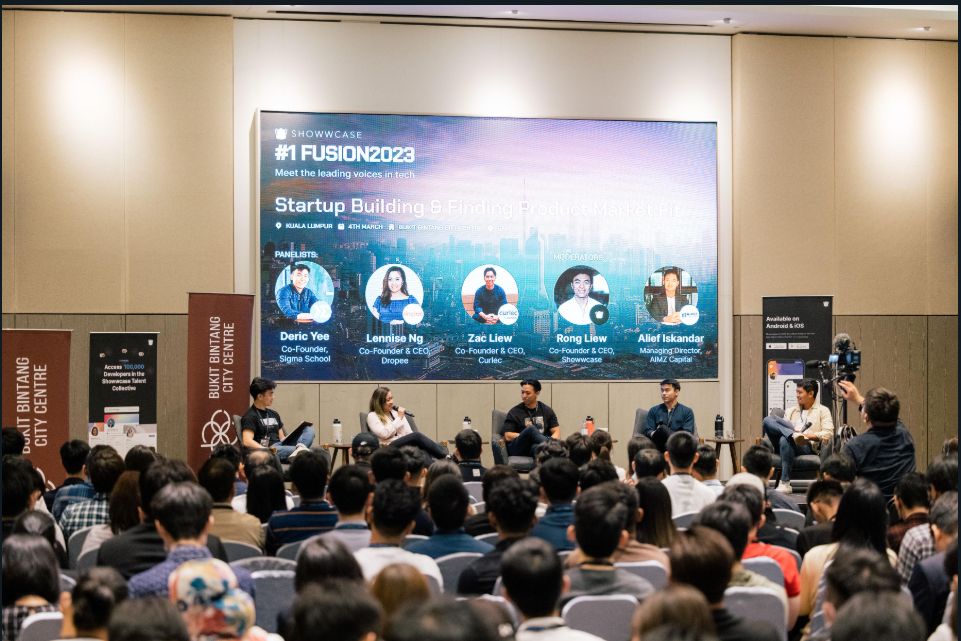Complete Software Development Program Overview
Sigmaschool's Job-Ready Coding Bootcamp teaches you how real software developers think, work, and solve problems—starting from first principles, not just memorizing tools.
You'll build full-stack applications and gain hands-on experience with APIs, databases, cloud deployment, and AI-assisted development using tools like React, Node.js, and GitHub Copilot.
Whether your goal is to land a remote job, freelance, launch a startup, or transition into tech, our structured, mentor-supported system is built to get you job-ready—fast.
- Zero experience needed. Even if you’ve never written a single line of code, this course is 100% beginner-friendly.
- Comprehensive support. Get live help from expert mentors, plus structured coaching to keep you on track.
- Career guarantee. Get hired within 6 months of graduating or continue learning with us for free.
This is more than just a coding course—it's a career accelerator designed to make you hire-ready in just 3 months.

Learn the tech stack behind top companies like








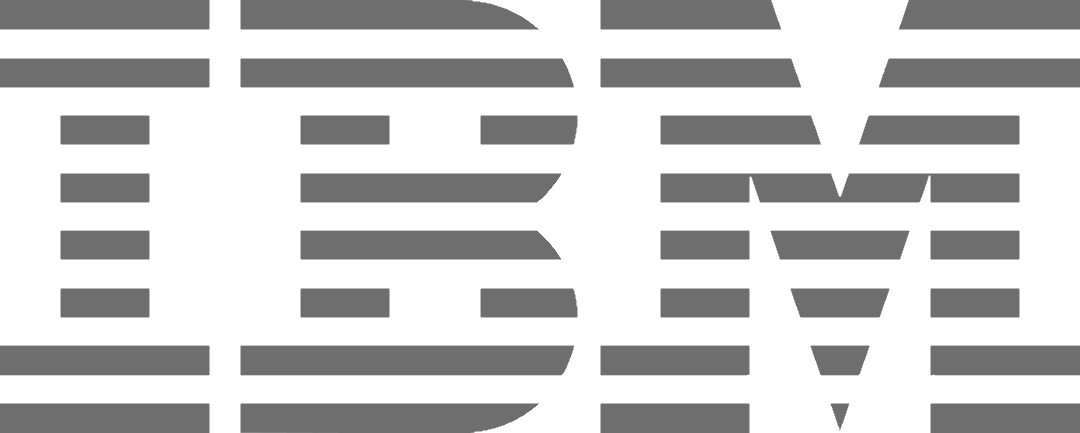











Who is the Full Stack Coding Bootcamp for?
You want to start a career in tech from scratch.

You want to build your own tech company/startup.

You want to upgrade your resume by getting new technical skills.

You want to automate the boring stuff in your life.

You want to be a digital nomad/remote worker.

You feel like you need a life change but not sure where to start.

If it's a resounding yes...Then the Full Stack Coding Bootcamp is for YOU!🎉
Why Choose Sigmaschool Instead of Other Courses?
The project-based coding bootcamp that transforms beginners into job-ready developers.
Most bootcamps teach theory.
We build careers.
At Sigmaschool, you'll work on real projects, learn from active industry professionals, and
graudate with a portfolio that gets you hired, not just a certificate.
What Sets Us Apart
Learn From Working Professionals
Every instructor actively works in software development, data engineering, or in tech. You're learning the skills and standards companies actuallly use today, not outdated academic theory.
Build Real Projects, Not Toy Apps
Forget toturials. You'll ship actual applications, automation tools, and data solutions that solve real problems. Your portfolio becomes your strongest asset in job interviews.
AI-Powered Learning Support
Smart tools that help you debug faster, understnad concepts deeper, and overcome roadblocks, so you spend less time stuck and more time building.
Direct Access to Hiring Network
We've built real partnerships with startups, SMEs, and tech companies. Our students don't just graduate;
Complete Career Launch System
From resume optimisation and portfolio refinement to mock interviews and automated job matching through Jobier, we prepare you for every stage of your the job search.
Our 3R Brand Promise
If you don't get a tech job after graduation, you get unlimited support for 1 year until you do. Otherwise, you get 100% of your money back.
Get help and get your questions resolved within 24 hours. Otherwise, a meal on us!
If you find better coding slides than ours, we'll give you RM100! We have a strict commitment to excellence.
Your future with Sigmaschool
Your salary and career prospects in software development
These are average monthly salaries in Malaysia. But you can do better, even without a CS degree. Salaries go even higher when our students go on to landing jobs in their countries with stronger currencies!
RM 4,040
Junior Software Developer within 2 years
RM 5,100
Mid-level Software Developer in 2-5 years
RM 6,720
Senior Software Developer in 5+ years
With a whole team to support you on the way
Education Team - Instructors
These are the key people who deliver the coding class curriculum. They have strong expertise in the subject matter and are passionate about teaching and mentoring.
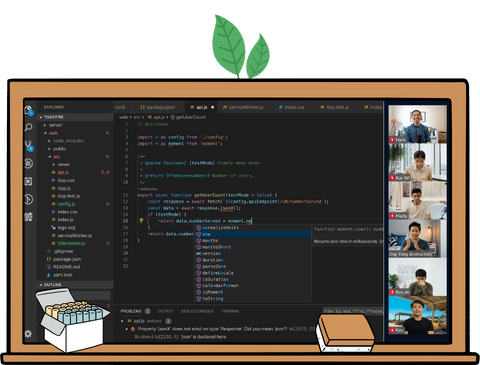
Education Team - Teaching Assistants
They support instructors by helping students troubleshoot coding issues, understand concepts, and complete projects.

Careers Team - Placement Officers
They maintain relationships with hiring partners and assist in placing graduates in appropriate roles post-bootcamp.
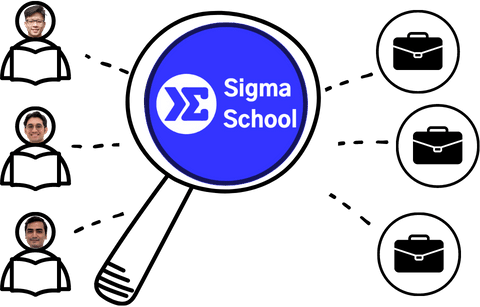
Careers Team - Career Coaches
They will guide students in their job search, helping them improve their resume, prepare for interviews, and navigate job offers.

Operations Team - Program Manager
They oversee the operations of the coding bootcamp, from scheduling classes to ensuring the smooth delivery of the program.

Operations Team - Student Success Manager
They focus on student retention and success, providing academic support and helping students overcome any hurdles they might encounter during the program.

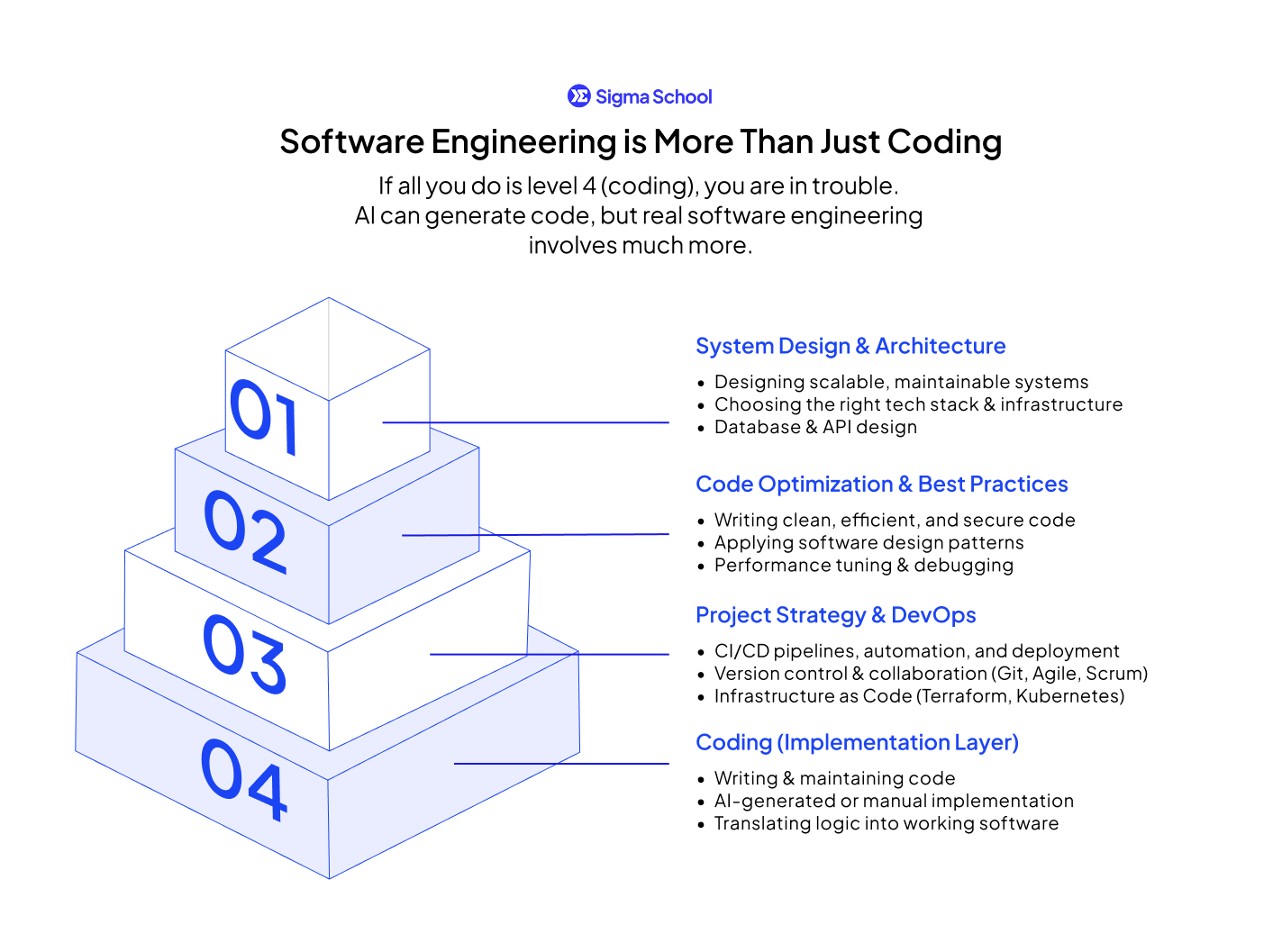
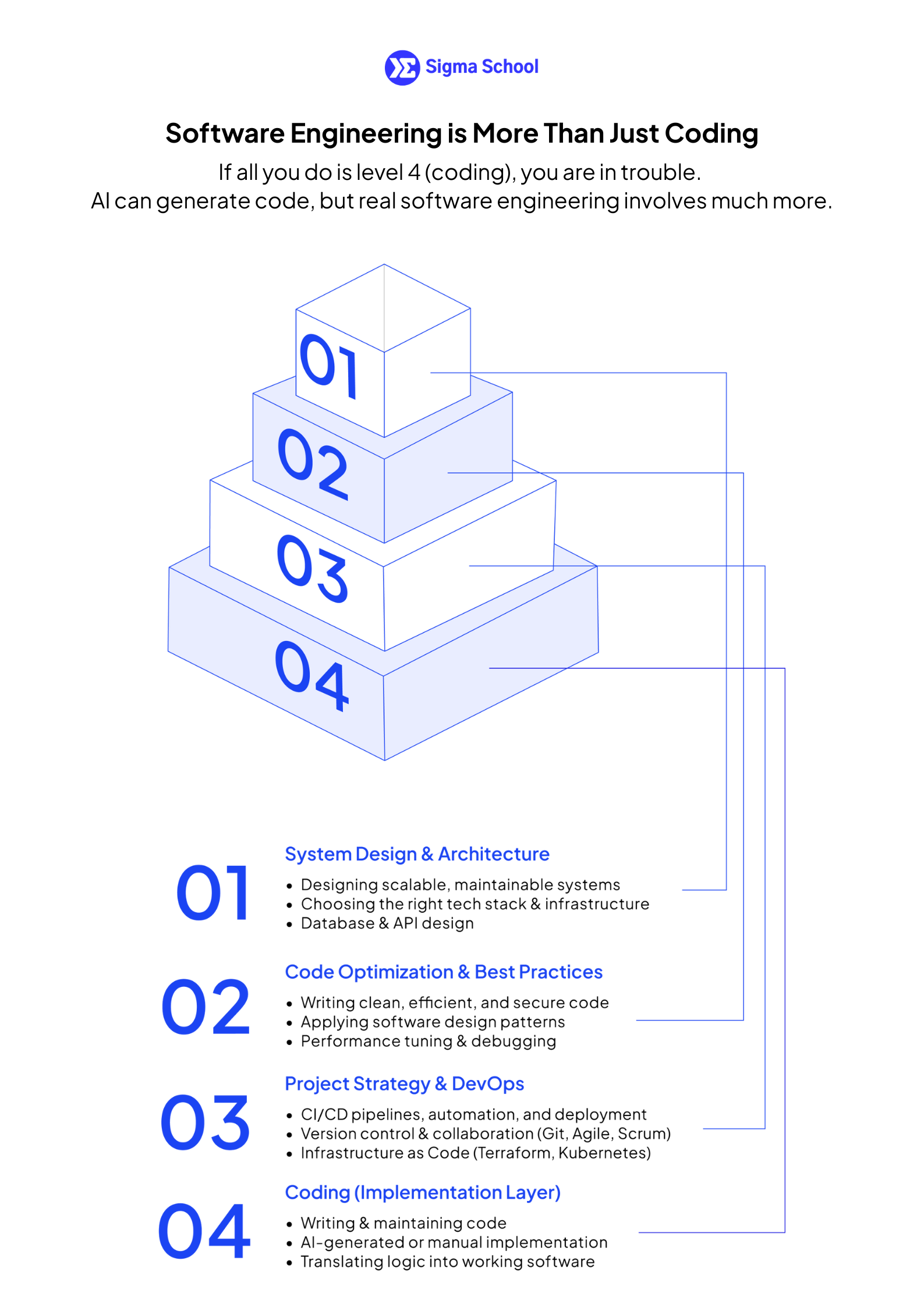
After joining the bootcamp, change career, 3x my income!

Adam
Before: Engineer
After: Software Developer
Same company, different job, but more pay potential

Ee Kin
Before: Business Analyst
After: Software Developer
After graduating, I got a job with Sigmaschool!
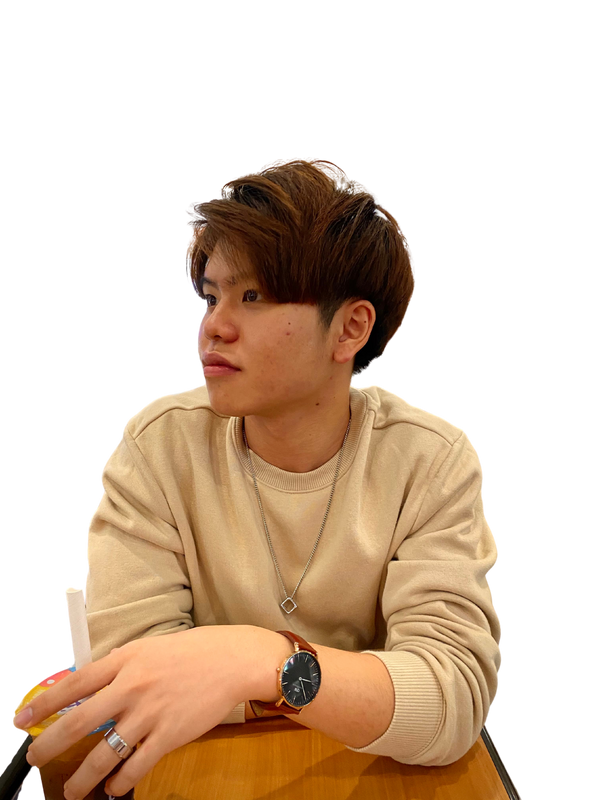
Chung Mang Jie
Before: University Student
After: Software Developer
Coding Bootcamp Curriculum
Online, Part-Time learning materials will be fully provided to students in Full Time Bootcamp as well.
Kick start your coding journey with simple hands-on projects that will help you familiarize with essential web development concepts such as HTML, CSS and JavaScript, setting you up for success in the upcoming modules.
Core Focus:
- Basic Web Development skills
Projects you will build:
- Resume Website
- Link-in-Bio
- Simple BMI Calculator
- Advanced BMI Calculator
- Random Quote Generator
- Quiz App
Tech stacks you will learn:



The Fundamentals module provides a solid foundation in JavaScript programming, equipping students with essential syntax, data structures, and problem-solving skills through hands-on projects. It also introduces crucial web development tools for efficient collaboration and building interactive web applications.
Core Focus:
- Web development fundamentals
- JavaScript programming
- Programming Fundamentals (Algorithms, Variables, Loops, Conditionals, Functions)
Projects you will build:
- Menu: Basic HTML structure and JavaScript variables/strings.
- Calculator: JavaScript functions and conditionals.
- To-do app: Arrays and object-oriented programming.
- Login screen: DOM manipulation.
- Family app: Classes.
- Translator app: Modules.
- Bus arrival app: Web APIs.
Tech stacks you will learn:






The Front-End module is designed to equip students with the skills necessary to build dynamic and interactive user interfaces using React. Through a combination of theoretical knowledge and hands-on projects, students will master the fundamentals of React, including components, state management, routing, and data fetching. The module culminates in the development of a comprehensive Instagram clone, providing students with real-world experience and preparing them for front-end development roles
Core Focus:
- Mastering React fundamentals and advanced concepts
- Building complex and interactive user interfaces
- Managing state effectively using hooks and Redux
- Developing full-stack applications through a comprehensive project
Projects you will build:
- Menu: Basic React component structure and props.
- Like Counter: useState hook for state management.
- Dark Mode: useContext hook for global state management.
- Login: React Router for routing.
- Todo App: Conditional rendering and basic state management.
- Bus Arrival App: useEffect hook for data fetching.
- Timer App: useEffect hook for cleanup.
- Todo & Timer App: useRef hook for DOM manipulation.
- Ecommerce App: Redux for complex state management.
- Instagram Clone: Comprehensive application showcasing React, Redux, and front-end development best practices.
Tech stacks you will learn:





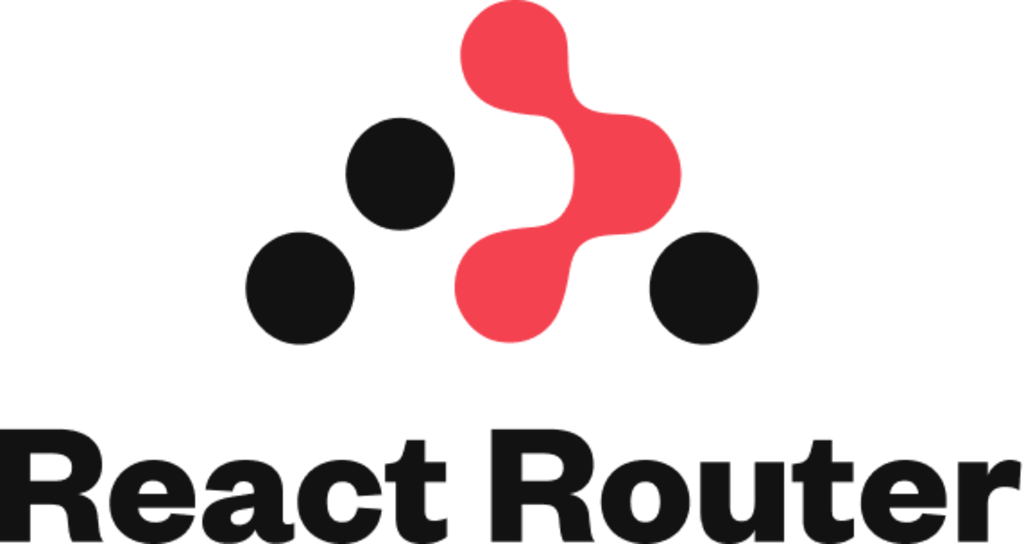
The Back-End module focuses on building robust and scalable back-end systems. Students will learn to create RESTful APIs using Node.js and Express.js, manage databases with SQL and NoSQL, implement authentication and authorization, and deploy applications to production. The module culminates in the development of a full-stack Twitter clone, integrating front-end and back-end components.
Core Focus:
- Building RESTful APIs with Node.js and Express.js
- Database design and management with SQL and NoSQL
- Implementing authentication and authorization
- Understanding cloud infrastructure and deployment
- Developing full-stack applications
Projects you will build :
- REST API: Basic CRUD operations using Express.js and SQL.
- Login API: JWT authentication implementation.
- Twitter Clone Back-end: Full-stack development, including database design, API endpoints, authentication, and real-time features.
- Counter App: Testing with unit, integration, and end-to-end tests.
Tech stacks you will learn:






This module dives into advanced programming concepts and prepares students for real-world challenges. It covers topics including responsive design, algorithm analysis, data structures, and career readiness.
Core focus:
- Mastering advanced programming concepts and problem-solving
- Building a strong foundation for algorithm design and analysis
- Developing career-ready skills, including portfolio building and interview preparation
Projects you will build:
- Responsive Redesign Project: Students will redesign an existing website to be responsive across different devices.
- Algorithm Implementation Project: Students will implement and analyze various sorting and searching algorithms.
- Data Structures Project: Students will build data structures like stacks, queues, and hash tables for practical applications.
Tech stacks you will learn:















The AI Integration module is designed to prepare you for the successful integration of AI into your projects. Learn to build and implement your own AI-driven projects with cutting-edge tools.
Core Focus:
NEW
- Introduction to Generative AI
- Integration of OpenAI (ChatGPT) API to add AI related features into your projects
- Implementation of AI Assistance such as CoPilot, Claude, Cursor and more to write code efficiently
- Optimize AI accuracy using retrieval-augmented generation (RAG)
Projects you will build:
NEW
- Create real time Chat Bot with AI-backed responses using web sockets
- AI Enhanced personalized recommendation system
Tech stacks you will learn:
NEW
By the end of this module, you will have completed your end-to-end project, fully prepared to present it to your peers and potential employers.
Core Focus:
- Build your very own project for presentation showcasing your skills
Projects You Will Build:
- Create Personal Capstone Projects such as Reminder Apps, Ecommerce website, Travel Booking site and more
At post-graduation, you will have access to our comprehensive career services designed to support you in your job search.
Services Provided:
- Resume Writing & Review
- Job Search Group
- 1-to-1 Career Consultation
- Mock Interview Sessions
- Lifetime access to Sigmaschool content
Alongside your Software Development course, we also provide introductory courses to these following topics to enhance your learning experiences with us.
Bonus Courses:
NEW
- UI/UX Courses
- AGILE Project Management
- Cloud Technology (GCP, Azure, AWS)
- Serverless Architecture (cloud computing execution model)
Learn By Building Real-World Tech Solutions
Past Student Projects
Employers don't hire certificates. They hire builders.Watch the real applications our graduates built, presented, and shipped to land their first tech roles.
Success Stories from Coding Bootcamp Graduates
Our Hiring Partners
We've trained hundreds of students now, here's what they have to say
The ROI of taking the Full Stack Coding Bootcamp
Statistical data from surveying our alumni
9/10: The average rating students
give for EVERY lesson.

5/5 star ratings by our
students on Google Review.

86% say they'd recommend
our Bootcamp to others.

99% of students say the content was
clear and easy to understand and follow.

9/10 of our students enjoy
the real-world projects we cover.

88% of our students learn new tech
stacks at least 2x faster after
completing Level 1 of the course
Student Gallery
We have been featured!
CS Degree | Sigmaschool | Other Bootcamps | |
|---|---|---|---|
| Full-time Coding Hours | 800+ | 400+ | 400+ |
| Total Cost | USD 80-150k | USD 2.4k - 5k | USD 15-20k |
| Cost if Unemployed | USD 80-150k | USD 0 | USD 15-20k |
| Time Commitment | 4 years | 3 months | 3 months |
| Practical Skills |  |  |  |
| Career Coaching |  |  |  |
| Job Search Trainers |  |  |  |
| Up-to-date Curriculum |  |  |  |
| CS Fundamentals |  |  |  |
| Modern Languages |  |  |  |
Coding Bootcamp Tuition Plans & Options
Here Is Everything We Have Included Inside The Full Stack Coding Bootcamp
MOST POPULAR
📘 Self-Guided Programme
MOST POPULAR
🧑🏫 Mentor-Guided Programme
MOST POPULAR
🚀 Job-Ready Bootcamp
(Career Transformation)
Curriculum Only. Independent Learning. Ideal for motivated self-learners who just want the content.
Curriculum + Support, but Money Back Guarantee. Perfect for learners who want accountability and feedback, but don't need career services.
The full Bootcamp experience designed for serious career switchers. Job or Money Back Guarantee included.
As per description.
As per description. Includes everything in self-guided programme plus mentorship & support
Join as a PRO student, choose how you want to learn: Cohort-based (3 months), Self-paced (up to 1 year), or mix both. Includes everything in mentor-guided programme
At your own pace
At your own pace
3 Months per cohort (or) Self-paced up to 1 Year (or) Mix both
- Weekday working-hour access to our physical campus
- Live bootcamp will be streamed in our classroom. You may study alongside fellow members of your batch who opted for study hub access.
- Build consistency and stay accountable



100+ challenges, 10+ assessments,
25 projects, anti-AI tests & career prep materials



recreating Clone Projects






to make as your own and
impress recruiters and employers









1PM - 3PM Self study
3PM - 4PM Q&A office hour
4PM - 6PM Self Study



Join any other batches within the year.
Priority support in Learning Platform
High value industry connections
Prioritised job matching
Post graduation support






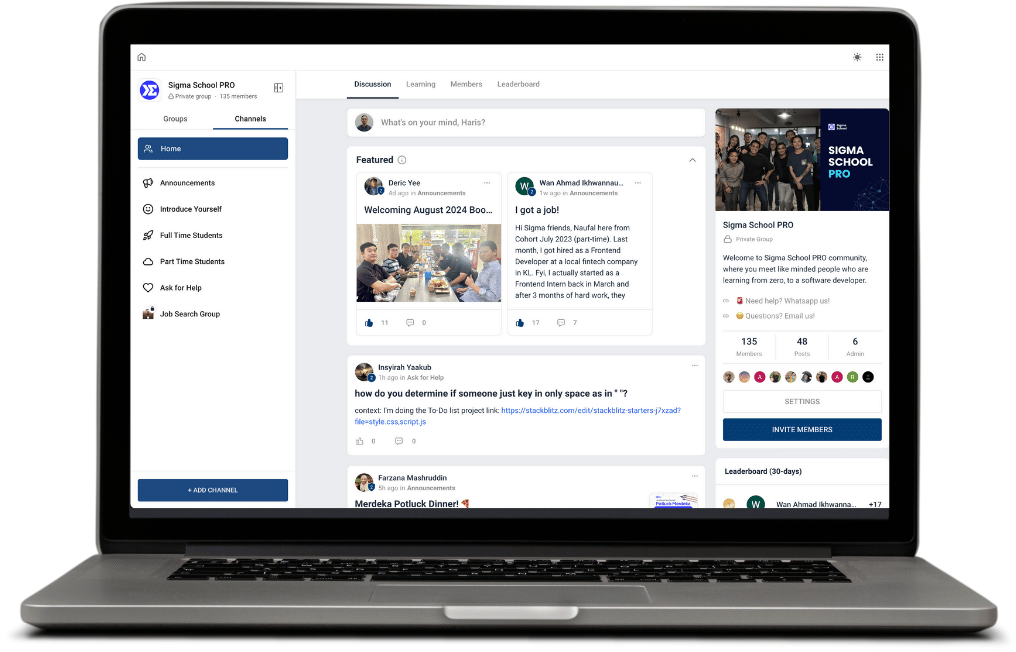
BONUS 1: PRO membership access in Learning Platform
Join a community of like-minded people facing the same challenges as you and gain insights from past alumni and senior students. Share in their advice and achievements when you access our exclusive Sigmaschool Community!
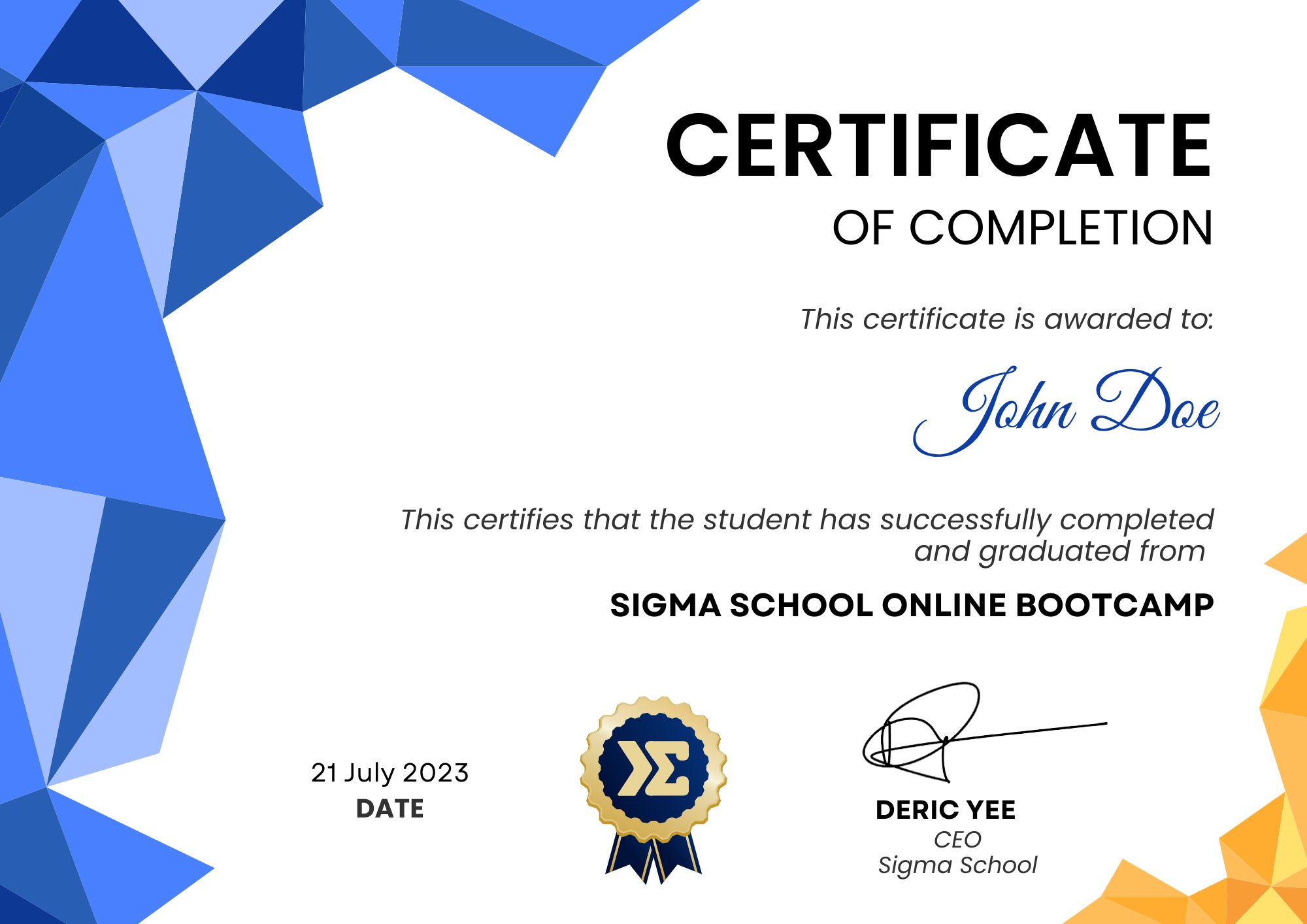
BONUS 2: Sigmaschool Official Full Stack Coding Bootcamp Certification
Impress your prospective employers, colleagues and friends with your official Sigmaschool Certification in Coding Fundamentals, Frontend Development, Backend Development, Full Stack, & Computer Science and Full Stack Coding Bootcamp Certification once you complete the course - you'll be amazed at how sought after you are!
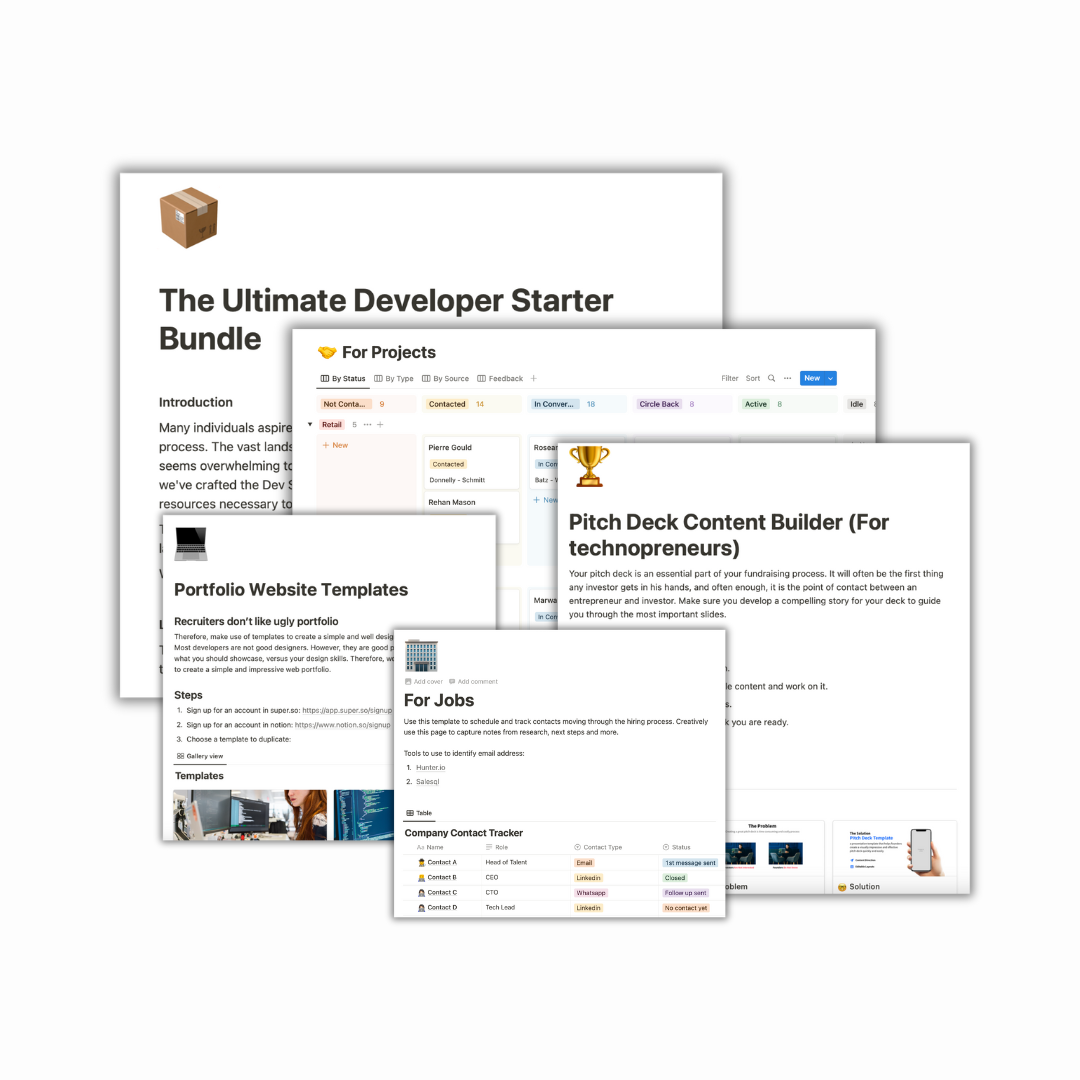
BONUS 3: Developer Ultimate Starter Bundle
A toolkit with templates, checklists, CRMs and content builders with personalised tools that work with Notion & Google Sheets to give you everything you need to land a tech job, even as a complete beginner. Backed by years of experience and 100s working in tech jobs!
Not sure which tech career path suits you?
Take a quiz

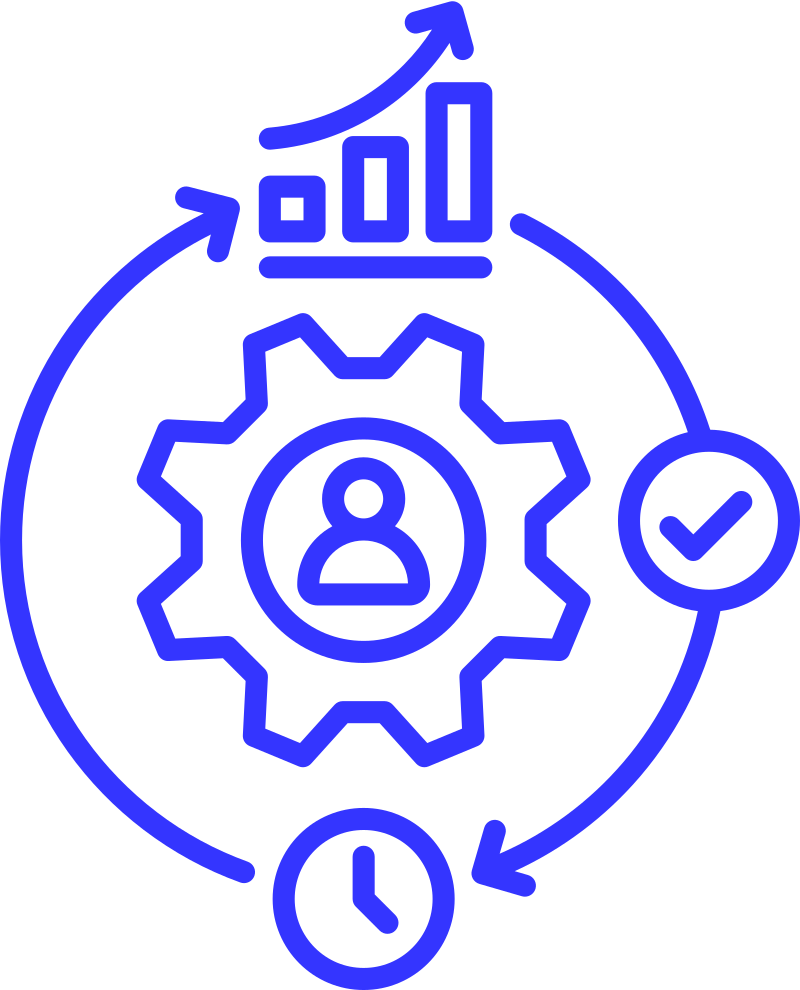
Discover your path in under 5 minutes
Find Your Perfect Match ⟶Your Journey to Tech Role Starts Now
Job Guarantee. Or Your Money Back
We only win if you do. That's why Sigmaschool offers a 100% tuition refund if you complete our Full Stack Bootcamp and don't land a tech job.
You're eligible if:
- You complete the bootcamp and earn a Certificate of Completion.
- You're legally allowed to work in your target country.
- You actively apply for jobs and follow our career team's guidance.
If you meet the criteria and still don't get hired — you get a full refund.
No hidden terms. No fine print. Just a real commitment to your success.
Frequently Asked Questions
Definitely! Sigmaschool is part-time-friendly and specifically designed as a flexible course for people of all levels and commitments.
We will assign you according to your needs and match you to co-learning groups that suit your background, interests, commitment levels and goals.
However, please be reminded that Sigmaschool's Full Stack Coding Bootcamp is very intense and it requires a significant amount of time and practice for you to get good at it.
As a student, you will be coding for at least 400 hours+ while collaborating with your coding partner before you graduate.
So if you have a job or you're finishing up your degree, chances are that you will progress at a slower pace compared to your peers who are doing it full-time.
However, if you go for the Cohort-Based Coding Bootcamp option, you will need to commit full time 7 hours a day to Sigmaschool.
- Full Stack Coding Bootcamp learning materials, challenges, assignments and projects in Coding Fundamentals, Frontend Development, Backend Development.
- 3 impressive and unique projects to be built throughout the course.
- 10+ clone projects and code-along projects like Instagram, Twitter, etc..
- Unlimited personal mentorship & support from instructors for 1 year.
- High value industry connections, professional network & community
- Money Back Guarantee - 100% tuition refunds if you don't get a tech job after you graduate.
YES! This course covers everything from the BASICSto the most ADVANCED topics. This is a full stack course meaning both Frontend, Backend and Mobile App technologies will be taught. Whether you have ZERO experience or 10+ years of experience, this course is meant for you!
Math is not a pre-requisite for coding. Logical thinking and problem solving is.
We spend a lot of time working on the fundamentals with our students.
We believe anyone can code if they remain determined and put in sufficient time and effort.
Do not give up! Stay the course, you can do it too.
It is normal to find coding challenging - this is common among all software developers.
If it was easy, it wouldn't be such a lucrative and in-demand role!
Everyone starts from zero! We deliberately structured our education team at Sigmaschool
to comprise of self-taught developers, bootcamp-graduates and Computer Science university
graduates so we can relate to you every part of the way, from different unique viewpoints and experiences.
Whenever you're stuck, our students have a clear step-by-step procedure on
helping them get past their obstacles by debugging, researching, problem solving,
peer-based pair programming and finally scheduling 1-to-1 mentorship
calls with our mentors and instructors any time at all!
Online learning courses only have a 5% completion rate, meaning the vast majority of self-learners aren't able to learn coding by self-studying. You can do much better by signing up for our program, and here's why:
1. Beginner-oriented
Which programming languages should you learn? In what order? For what projects? Using what course? We've designed a single path for you with our beginner-oriented curriculum, so you can concentrate on actually learning instead of jumping from online course to online course.
2. Peers & Instructors
When you're just starting to learn coding, you'll have a lot of questions. You'll learn faster if you have a coding expert there to give you instant answers. And you'll be able to stay more motivated if you're in a supportive environment surrounded by other aspiring developers.
3. Hands-on Learning
You don't really know how to code until you can develop applications from scratch. Our students are required to build 3 web applications during their training. By the time they graduate, they're ready to show off their portfolio to employers and even get hired as Web Developers.
No you do not! Apple, Tesla, Google and tons of other big tech startups
in the West have dropped the requirement for a university degree.
We believe this is the right direction and it will only grow from here.
Most of Sigmaschool's community members do not have CS degrees,
but are working professionally as developers. Sigmaschool has even had community members
from unrelated fields like operational safety, law, accounting. Even the founders themselves were from a Finance background.
We exist because universities are unable to produce enough software engineers.
There's such a high demand for techies now. Companies will hire people
who can get the job done and add value to their organisation, with or without a degree.
The world is lacking coders today, and companies don't have a choice.
Learn to code, add value, build great products.
You absolutely DO NOT need a computer science degree to get a job in tech.
Sigmaschool's courses are straight to the point. Comprehensively covering topics in
frontend, backend, mobile app, and algorithms,
and focusing on real world projects resulting in a more standout portfolio.
We have a money back guarantee, committing to a full refund
if you do not secure a job in tech post-graduation.
We consistently charge ridiculously below market rate and
add way more value than what our students are paying.
We pride ourselves in our team of instructors and their ability to simplify coding concepts
while providing an enjoyable, delightful and entertaining learning journey
to our students for typically boring coding concepts.
We are sincere about your growth and will work closely with you to help
you achieve your goals. Your success is our success.
We take it into our own hands and give it our all to help you!
All you need to do is put in the hard work and stay the course.
We are committed to invest all our time in you.
We firmly believe that we only win when our students win.
Yes, anyone with WiFi can join our online classes and learn with a global community
of students. Sigmaschool is built for anyone, anywhere.
We offer an exclusive option to study in-person at our Malaysia hub.
You'll get workspace access, plus visa and accommodation guides so you
can immerse yourself fully.
In theory you probably could, and we've always been advocates for making tech education as open as possible,
and our aim is to get as many people as possible learning how to code (as long as they do it properly!).
However, gathering all the necessary materials and
toolkits in a structured way for free would be very challenging
and time-consuming, potentially taking months or years to piece together.
Furthermore, much of the freely available information online
is targeted at complete beginners (including our own!).
In contrast, our course material offers a deep dive into the complete software development lifecycle
and all the process & materials around it, while still being suitable for beginners.
The tools and tech stacks included in our course are the same 'live' resources
we use with our actual clients, and this is the first time we're making them available in this format.
To the best of our knowledge, no other program offers this level of access to real-world tools and projects.
In our experience, many self-taught learners end up giving up after a couple of tries
because of the vast ecosystem in tech and how confusing it can be.
Think of it this way. The best-case scenario is you complete our programme in 3 months
and secure a tech job. In the worst-case scenario,
you can't get a job post-graduation, and we happily refund you 100% of your tuition fees.
This ensures you get to speed up your learning process without the risk of major setbacks or disappointments
that could discourage your future career in tech. It's a guaranteed win!
Yes, we can absolutely offer bulk discounts for company/employee training. We're really passionate about empowering entire teams with tech. If 5 or more people at your company would like to take the course, then get in touch with support@sigmaschool.co and we can tell you more about our special team pricing!
- Definitely! We provide a certificate upon your completion and graduation from Sigmaschool.
You will be able to use the certificate and link it to your social media profiles, CV & portfolio website.
Throughout your course with Sigmaschool, you will receive a 4 certifications upon completion of our key milestones:
- Level 1: Coding Fundamentals
- Level 2: Frontend Development
- Level 3: Backend Development
- Level 4: Full Stack Development
- And finally upon completion of all 4, you will receive a final certificate for the Full Stack Coding Bootcamp!
This course will equip you with the skills to fundamentally understand how software works and learn how to code. With this, you will be able to build anything you want. Start a tech company, get a remote job, start freelancing, or simply automating the boring stuff in your life. The opportunities are endless!
No problem! You can enroll now to secure a spot and decide on the batch later. Our admissions team will assist you immediately to sort out your onboarding and batch details. Most of our students enroll in advance to secure their spot and take advantage of any ongoing offer.
Learn to code.
Be a better version of yourself.











